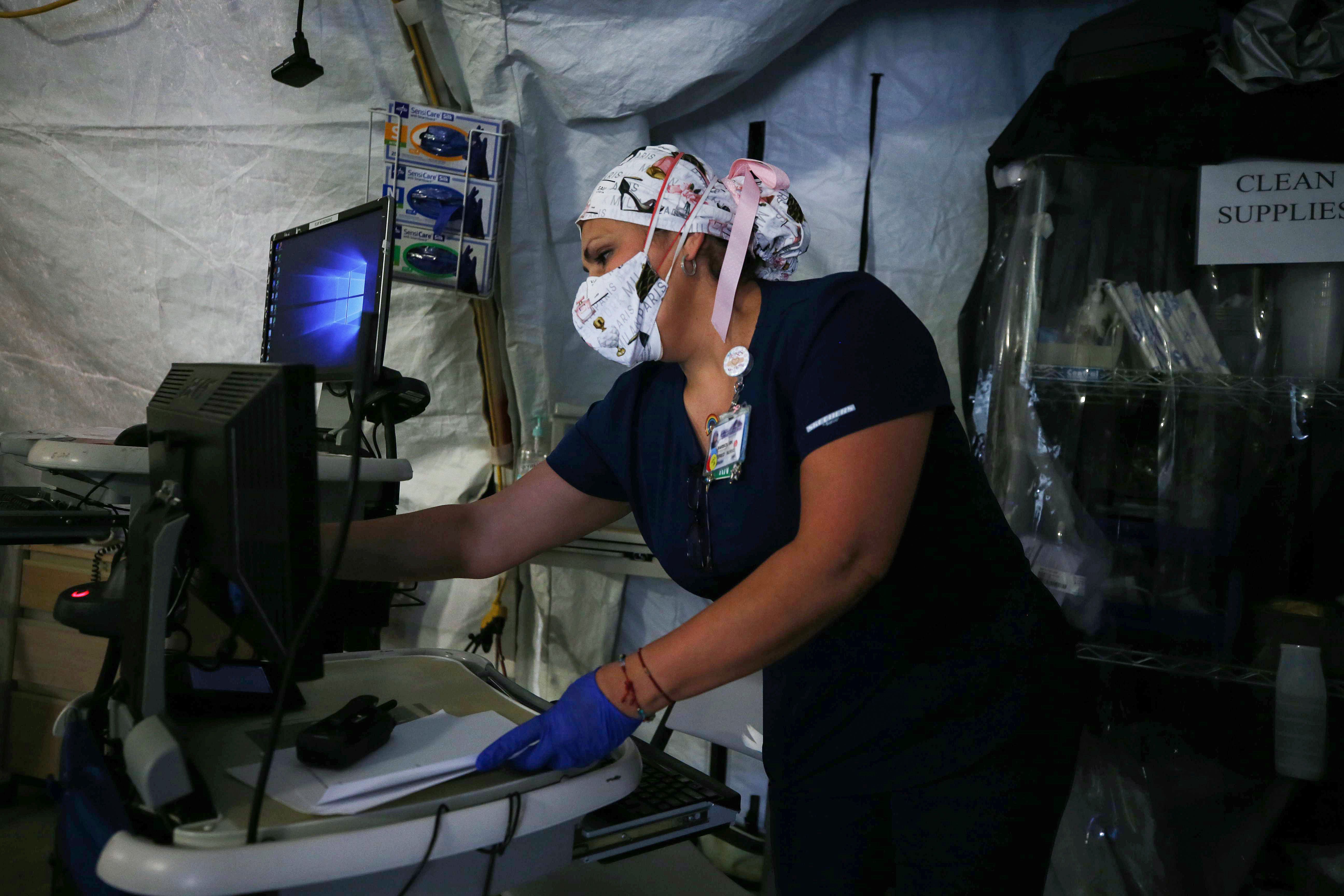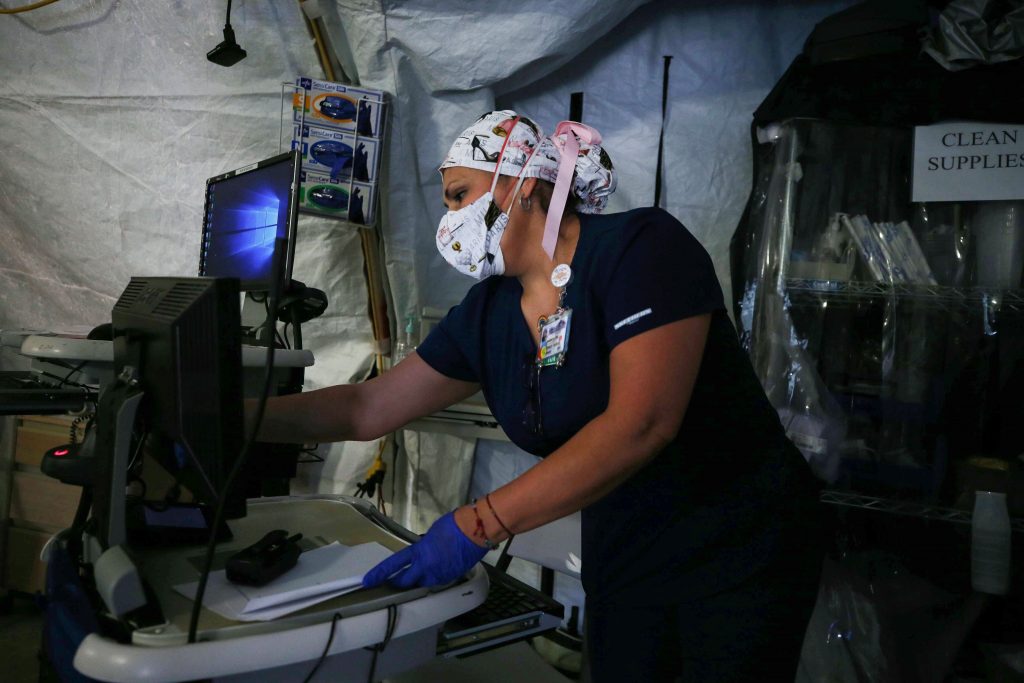California remains one of the hardest states by the coronavirus with more than 466K cases and more than 8K deaths, and people of color have been disproportionately affected.
The Los Angeles Times reports that Imperial County has the highest mortality rate and most cases in the state with an average of 688.1 infections per 100K people (Los Angeles County is at 400.3). With a population that’s 85% Latinx, has a median household of $45K, and the highest unemployment rate in the state, according to the Employment Development Department, the pandemic has affected both the health and economy of more than 180,000 residents in the county. Imperial county also has the highest rates of diabetes, heart disease, asthma hospitalizations and obesity in the state, the LA Times reports. It’s just one example of how the Latinx community has been affected.
Further north in San Francisco, Latinos account for half of the COVID-19 cases in the city but make up only 15% of the population, NPR reports. The racial disparity is largest in Marin County where Latinx make up 16% of the population but account for almost 80% of the county’s coronavirus cases. Meanwhile, the economic disparity is most apparent about 20 miles south of Marin County in a neighborhood in San Rafael called Canal. The low-income, mainly Latinx community is made up of mostly essential workers who are at a greater risk of exposure.
“In some ways, the virus here is sort of a truth-teller around inequities,” said Dr. Matt Willis, Marin County’s public health officer, to ABC News. “We’re finding that many of our essential workers—you know our grocers, our landscapers, our construction workers—we’re seeing that there’s been transmission within those settings between workers, and then also bringing it home to settings where there may be multiple people living in a single unit.”
Last week, California flagged nine counties experiencing rates of transmission and they were all predominantly Latinx. In LA County, the latest figures show that at least 4,159 people have died with the majority being Latinx (47%), who make up 48% of the population.
These factors indicate that the majority of the Latinx community affected by the coronavirus are low-income essential workers, many of whom have underlying health issues. What exacerbates the situation is that over half of those uninsured in California are Latinos, and those who are undocumented also didn’t receive the stimulus check when they’re one of the most affected by the economic blow of the pandemic.
“So you had a situation where if a Latino had the COVID-19 virus,” said policy director at the Latino Community Foundation Christian Arana to NPR. “They had to ask themselves—do I go out and spread this to others, or do I stay home and probably lose the opportunity to provide for myself, for my family?”




